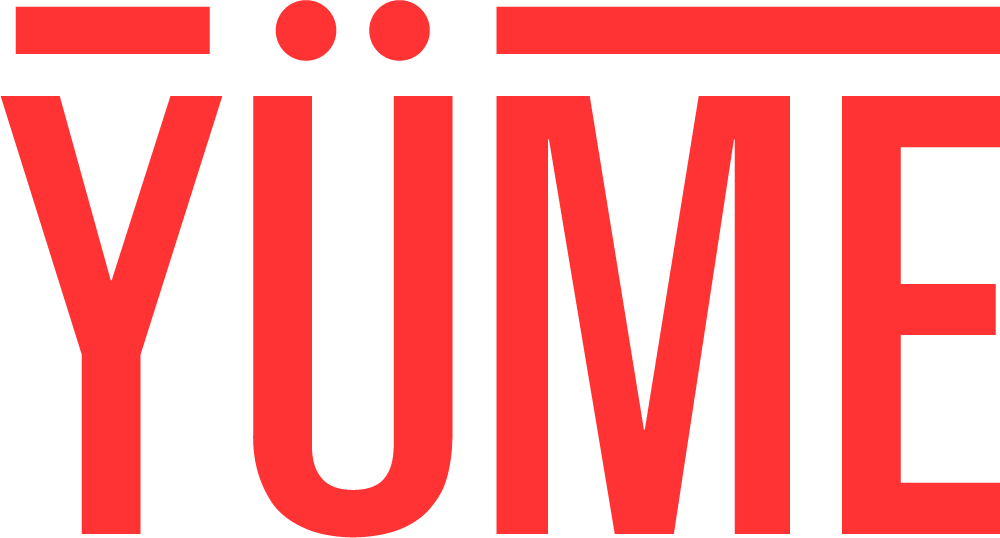Managing Excess Inventory: Strategies for Selling and Reducing Overstock
Managing Excess Inventory
Excess inventory is a challenge for many businesses. Whether it’s due to forecasting errors, seasonal changes, or unexpected shifts in demand, surplus stock can take up valuable space and tie up capital. However, rather than allowing this inventory to go to waste, businesses can explore multiple strategies to sell or repurpose it. In this post, we’ll explore the best practices for managing excess inventory and how companies can find solutions for their stock overflow.
What Is Excess Inventory and Why Is It a Problem?
Excess inventory refers to products that a company has on hand but cannot sell within a reasonable timeframe or to their primary sales channels. This often leads to increased storage costs and decreases overall profitability. In industries like food, having too much stock can lead to waste if the items reach their expiration date.
Strategies for Selling Excess Inventory
Partnering with Companies that Buy Excess Inventory
Instead of selling surplus stock at low prices to traditional "traders," companies can list their excess inventory on Yume’s marketplace, where hundreds of potential business buyers can bid, allowing the market to determine a fair price. This gives manufacturers the chance to maximize returns while minimizing waste.
Excess Inventory Sales Events
Organizing special sales events for overstocked items is a proven method for clearing inventory quickly. These events can be promoted through email campaigns, social media, and other channels to reach customers who are seeking discounted products.
Donation Programs
For businesses in the food industry, donating excess inventory to food banks or charitable organizations is another option. This not only prevents waste but also contributes to a company’s corporate social responsibility initiatives.
Repackaging and Rebranding
For some products, re-working surplus product into a different product line can open up new sales opportunities, allowing businesses to prevent waste while still meeting safety standards.
Conclusion
Effective inventory management is critical for maintaining a healthy supply chain and optimizing profitability. By using the right strategies, businesses can not only reduce their excess inventory but also contribute to sustainability by minimizing waste.

